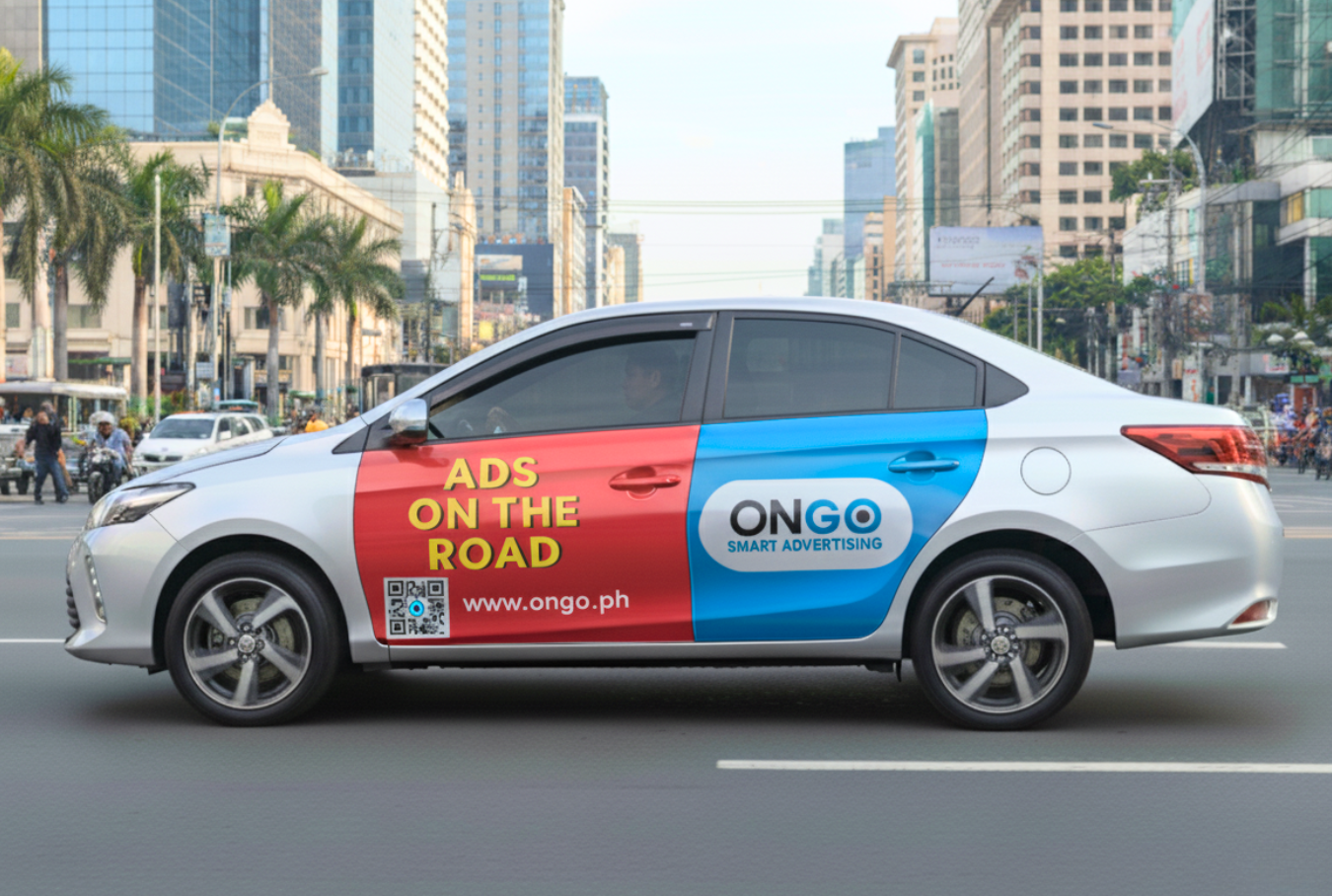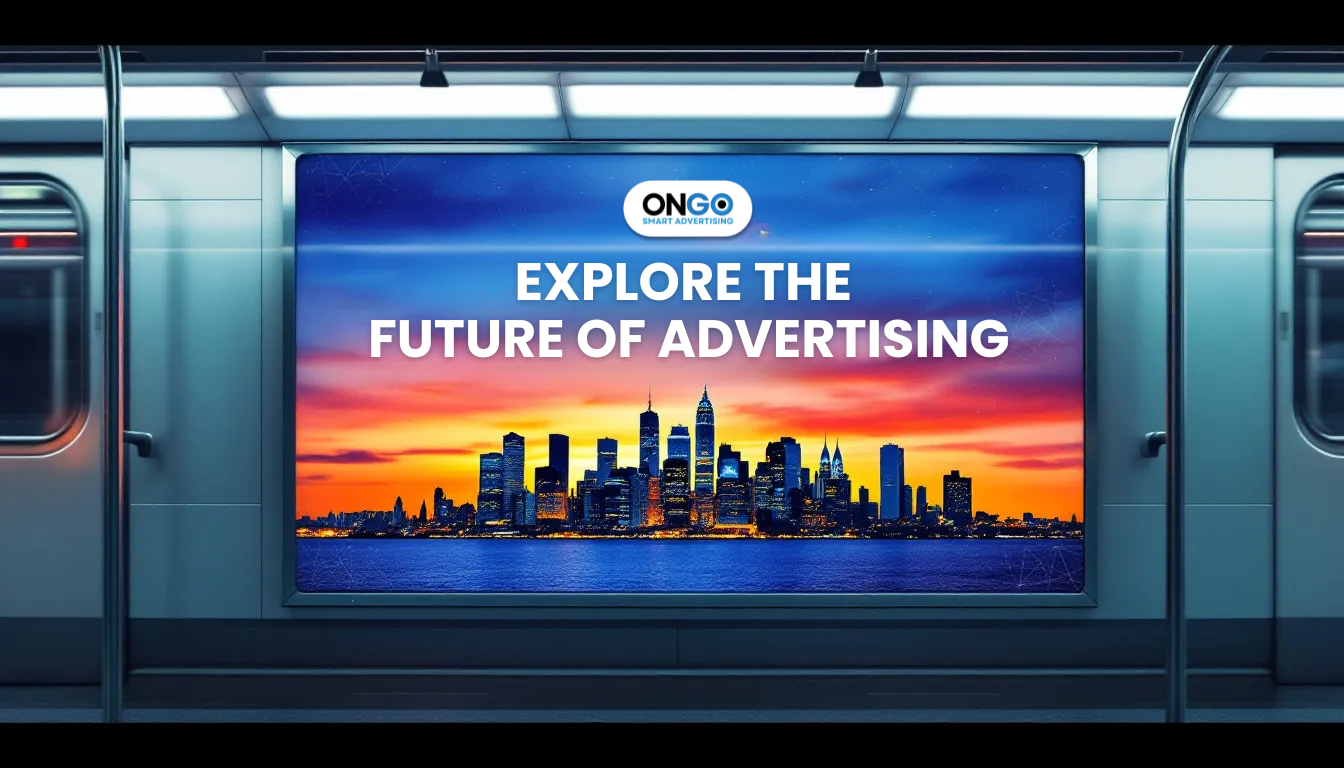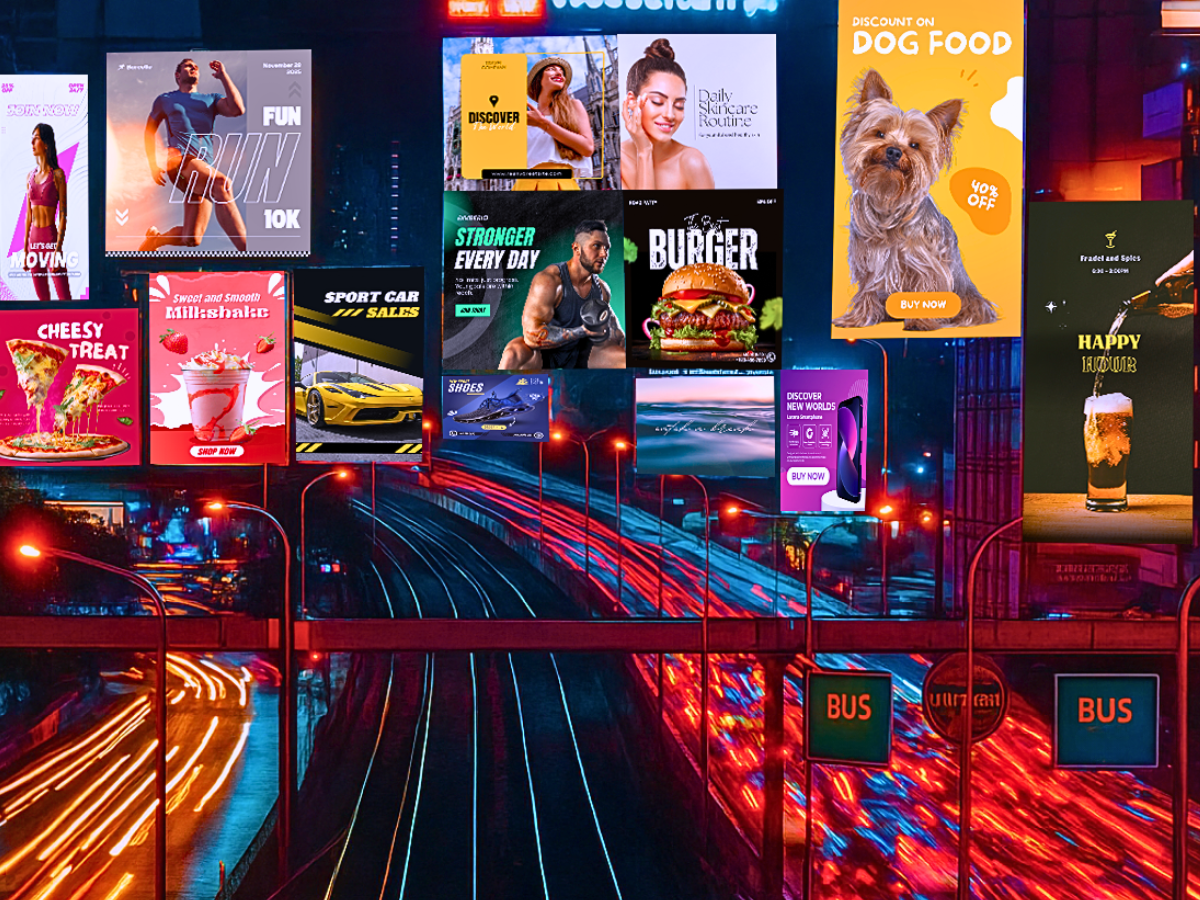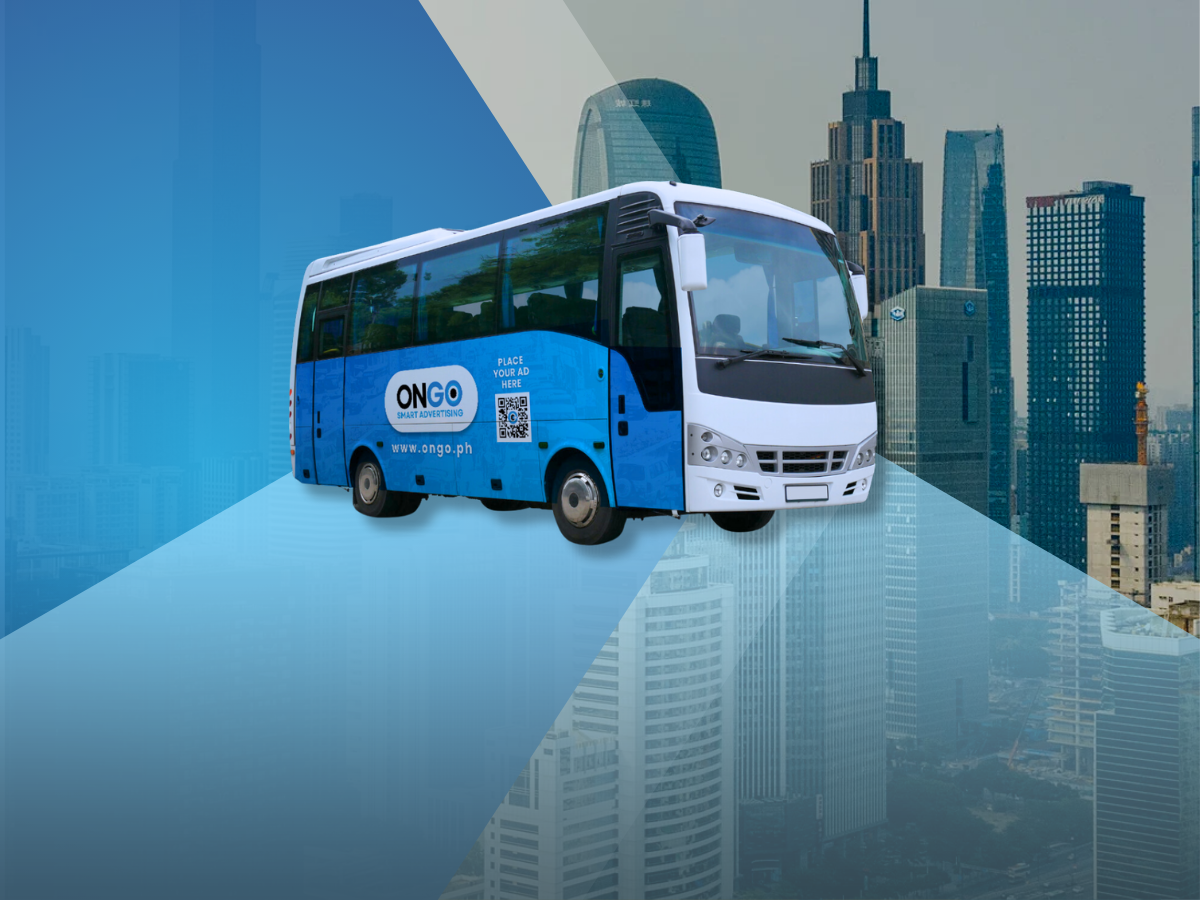Programmatic & Digital Advertising
Data-drivenAutomationTargetingTech-focused
How Programmatic OOH Works

Shane Limbaga
June 1, 2022 - Reading Time: 2 mins 16 seconds
Share this post
Facebook
Instagram
LinkedIn
Email
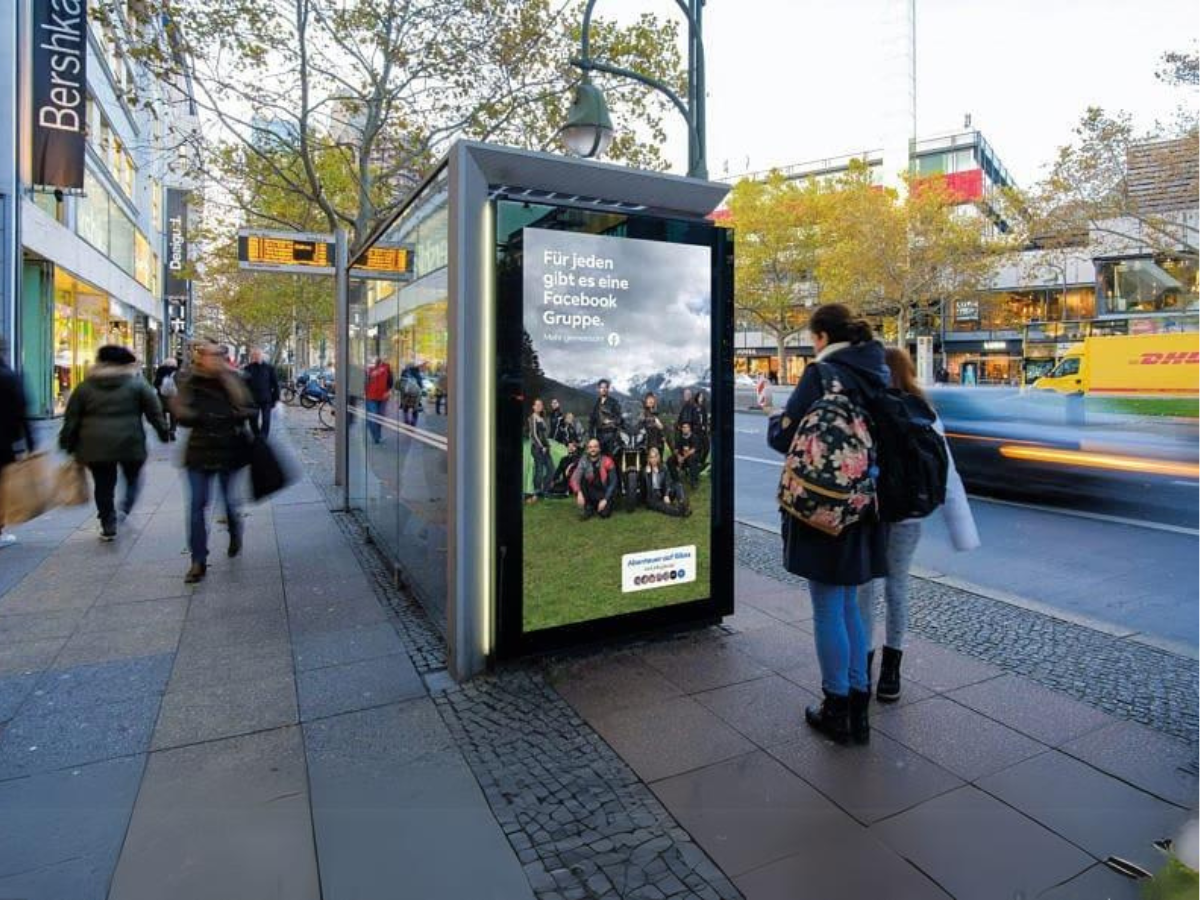
DOOH advertising is a rapidly growing market, fueled in part by the introduction of programmatic into the Out Of Home space, as well as a variety of other aspects.
One may expect DOOH advertising to suffer as a result of the COVID-19 pandemic, which restricted outdoor movement. While it's true that the DOOH sector suffered during the worst months of the pandemic when stay-at-home orders were in effect. However, now that the lockdown limits have been lifted, it is on track to rebound to pre-COVID levels throughout 2021, and even increase its growth.
The impact and effectiveness of internet advertising are dwindling, which is one of the main reasons why DOOH is such a crucial marketing approach for advertisers. The availability and intrusiveness of online advertisements have resulted in ad fatigue. When people go online, they are constantly overwhelmed with advertisements, and many have learned to adapt to them to the point where they no longer notice them - hence the term "banner blindness." As a result, online ads now have low viewability and, as a result, low click-through rates (CTR).
Programmatic Out Of Home advertising commonly referred to as programmatic DOOH or pDOOH, allows you to plan, buy, manage and deliver your DOOH ads through an automated platform – to the right person at the right time.
Traditionally, purchasing billboard space and other out-of-home marketing assets has been a time-consuming procedure that involved marketing teams or advertising agencies manually negotiating prices and purchasing space through an intermediary. This procedure is lengthy and complicated, increasing the advertiser's costs. It's also difficult to know if you're purchasing the right space in the ideal area for optimum visibility and results. For decision-making, advertisers frequently have to rely on gut feelings rather than data. Similarly, data collecting is difficult (if not impossible) with traditional OOH, and without solid data, advertisers must rely on intuition for future ads.
These issues are solved by programmatic OOH, which delivers relevant ads to targeted audiences at the same moment they walk or travel past digital signage. Similar to how online ads use cookies for audience targeting based on browsing behaviors, programmatic OOH technology uses mobile location data to target audiences by understanding where they spend their time and their daily routines. This all happens in real-time and the entire ad bidding, buying, and delivery process are completely automated.
Research shows that the adoption of programmatic OOH alongside other channels leads to a boost in reach of up to 100%. Data-driven targeting possibilities abound with programmatic digital OOH. The dynamic nature of the advertising, which adapts to real-world situations such as the weather, is a fundamental feature of Digital OOH. When it's hot outside, there are visual commercials for gardening, inside crafts when it's gloomy, and rain gear when it's raining. This type of interactive digital OOH boosts engagement and interaction. There are endless programmatic Digital OOH formats with originality.

